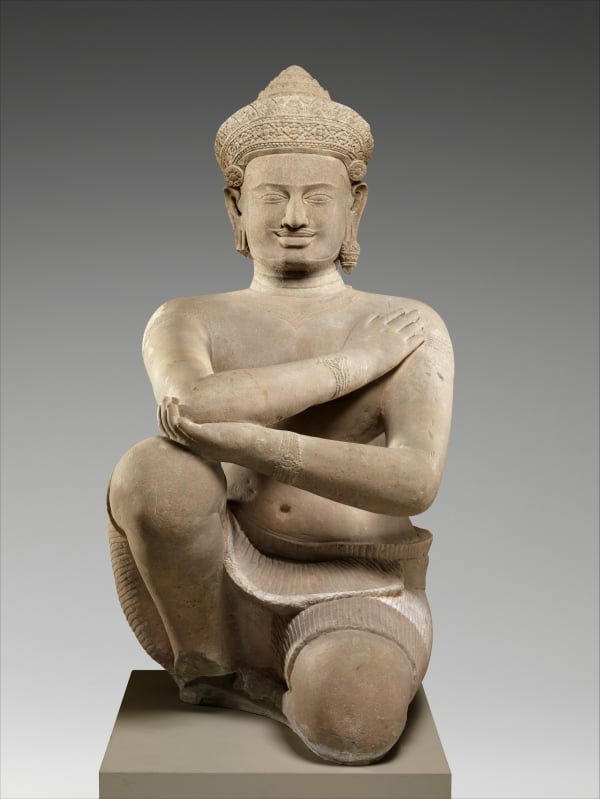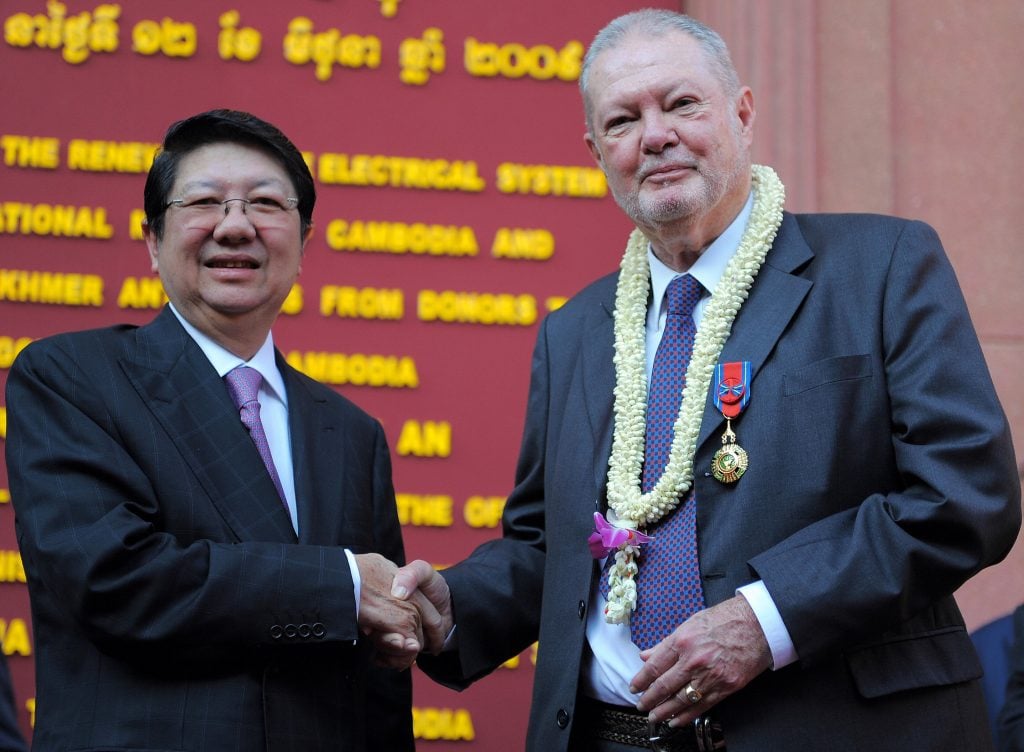Law & Politics
The Metropolitan Museum of Art Is Reviewing 45 Antiquities That Cambodian Officials Believe Were Stolen From the Country
The museum alerted the U.S. Attorney's office after "new information" came to light.

The museum alerted the U.S. Attorney's office after "new information" came to light.

Taylor Dafoe

Government officials from Cambodia are calling on the Metropolitan Museum of Art to review a collection of ancient artifacts they believe were stolen from the country in the late 20th century.
According to the New York Times, representatives from the U.S. Attorney’s office—which has previously worked with the Cambodian government to reclaim looted antiquities located in the States—met with museum staffers last week to request a formal review of 45 “highly significant” objects from the Khmer Empire.
In a statement, a spokesperson for the Met said it was the museum that prompted the meeting. “Recently, in light of new information on some pieces in our collection, we reached out to the U.S. Attorney’s office—to volunteer that we are happy to cooperate with any inquiry,” the representative said.
“The Met has a long and well-documented history of responding to claims regarding works of art, restituting objects where appropriate, being transparent about the provenance of works in the collection, and supporting further research and scholarship by sharing all known ownership history,” the statement continued, adding that its leadership today aims to “work proactively, reaching out to authorities when we receive new information or questions about any pieces.”
The institution declined to share further information about the objects in question, including how they entered the collection or the status of its review. The U.S. Attorney’s office did not immediately respond to Artnet News’s request for comment.

Cambodian deputy prime minister Sok An shakes hands with Douglas Latchford during a function at the National Museum of Cambodia in Phnom Penh on June 12, 2009. Photo: TANG CHHIN SOTHY/AFP via Getty Images.
The 45 artifacts are believed to hail from the Khmer Empire, an area that encompassed present-day Cambodia from the 9th to the 15th century.
The objects were likely stolen from the Southeast Asian country between 1970 and 2000, a period of profound political upheaval that included a civil war and genocide. It was also within this window of time that the objects came to the museum, per the Times.
Earlier this month, the Washington Post and the International Consortium of Investigative Journalists reported that the Met holds 12 Cambodian artifacts that were once owned or sold by Douglas Latchford, the late art dealer whose longstanding involvement in the trafficking of looted antiquities was revealed in the Pandora Papers. It is unclear whether these 12 objects were among those now under review by the museum.
Phoeurng Sackona, Cambodia’s minister of culture and fine arts, told the Post that she was disappointed to learn that these objects remained at the Met.
“The Cambodian government never gave permission for our national treasures to be trafficked to the United States,” she said. “Today, we wish for the Metropolitan Museum to act as a moral and just leader in the global museum community and to return our precious looted antiquities to our people.”
The Met previously repatriated two looted Khmer statues connected to Latchford in 2013. Last week, the Denver Art Museum announced plans to restitute four Cambodian artifacts tied to the disgraced dealer. Earlier this year, the Manhattan District Attorney returned 27 objects valued at $3.8 million to Cambodia as part of the investigation into two separate trafficking cases.